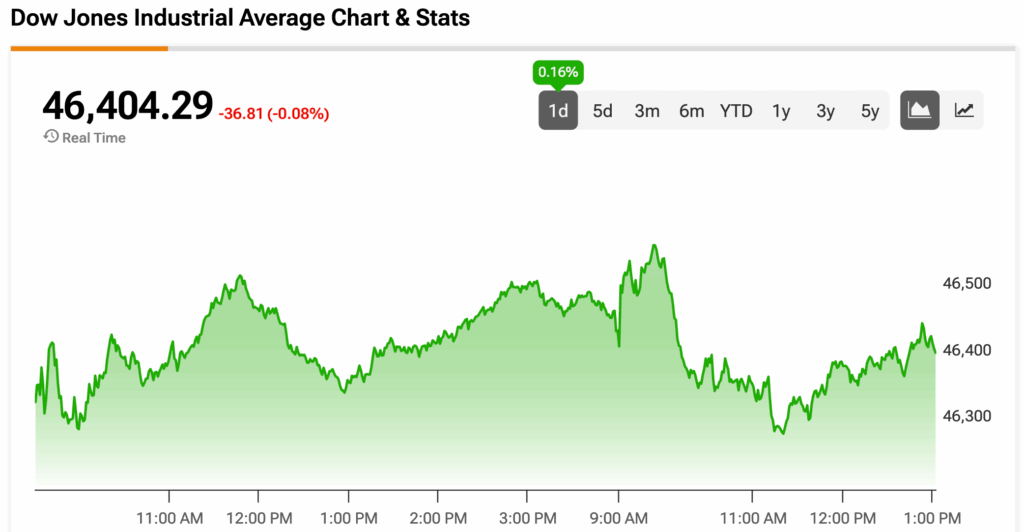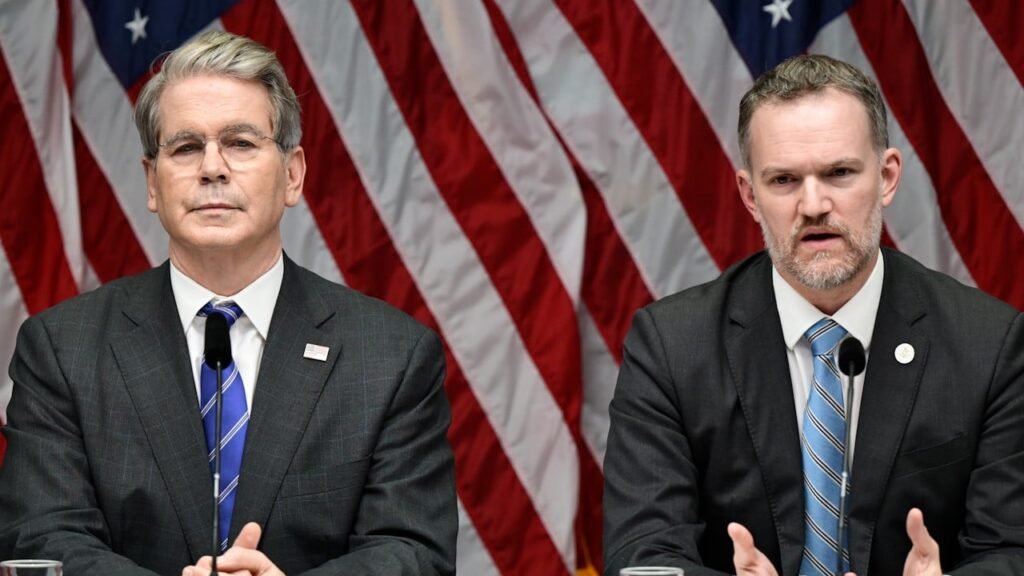Soybean prices bounced back on Wednesday after US President Donald Trump said he would press Chinese President Xi Jinping to restart purchases of the crop when the two meet at the end of the month.

“I’ll be meeting with President Xi, of China, in four weeks, and Soybeans will be a major topic of discussion,” Trump posted Wednesday on social media. “It’s all going to work out very well.”
China hasn’t bought a single soybean cargo from the harvest now underway, instead relying on Argentina and Brazil as retaliation for Trump’s tariffs. Without a deal, growers from Ohio to Nebraska face the gloomy prospect of overflowing storage bins — and sinking prices.
Contracts for November delivery of the oilseed used in animal feed and biofuels gained as much as 1.8% on Wednesday, ending a two-day losing streak.
The stakes have rarely been higher for US farm families and the Republican officeholders they tend to support. Benchmark US soybean prices have flatlined since the end of 2024, following the worst two-year slide in almost a decade, as ample global output bumped up against a cloudy demand outlook. Meanwhile, higher costs for everything from seeds to fertilizer are squeezing the farm belt.
In the near term, the best farmers may be able to hope for is government assistance to see them through tractor-loan payments and other high-dollar obligations. Trump reiterated the US’s plan to use tariff revenue to fund farmer aid.
“We’ve made so much money on Tariffs, that we are going to take a small portion of that money, and help our Farmers. I WILL NEVER LET OUR FARMERS DOWN!” Trump posted.
US Agriculture Secretary Brooke Rollins has promised just such a package “in the next couple of weeks,” but details have been sketchy and the federal shutdown complicates the picture.
Many farmers would prefer a China deal over government assistance anyway. As of earlier this week, they already had harvested roughly one-fifth of a crop that’s forecast to top 117 million metric tons.
“99.9% of these farmers out here are not wanting a handout,” Missouri farmer Marty Richardson said during an interview last week. He added that an agreement that would see China resume US soy purchases would be optimal. “There’s got to be ways to put pressure on China with all we buy from them, because you go to Walmart like the rest of us, and you pick up China, China, China.”
Indeed, without such a deal American soybean growers may face “significant losses, adding even more financial stress to crop farms,” according to Joana Colussi and Michael Langemeier, researchers at Purdue University’s Center for Commercial Agriculture.
“Rising input expenses, such as fertilizer, chemicals, and seed, combined with declining domestic prices, are already shrinking profits” for farmers, they wrote. “Moreover, many producers may be forced to store their harvested soybeans rather than sell at steep losses, impacting the entire supply chain – from grain elevators and processors to the rail network that moves the crop across the country.”
Richardson was among the local farmers on hand last week when Rollins toured a farm north of Kansas City, Missouri, following an appearance at an agricultural conference.
While there, she announced that $2 billion from an existing emergency-assistance program for growers would soon be disbursed. “I know y’all hate getting these checks, but if we did another round?” Rollins told the farmers.
Iowa farmer Bruce Lantzky doesn’t like the idea of relying on government aid, but if all else fails, he’ll take it.
“We’re obviously not going to turn anything down,” he said in an interview. “If we can make it work without it, great.”





